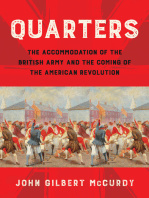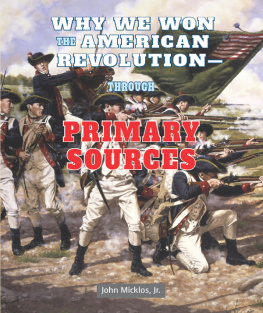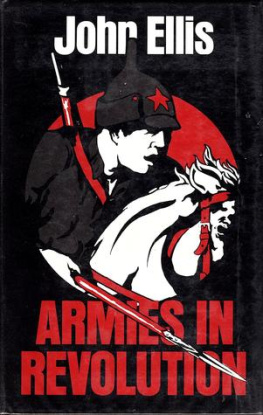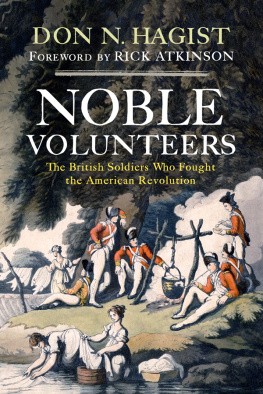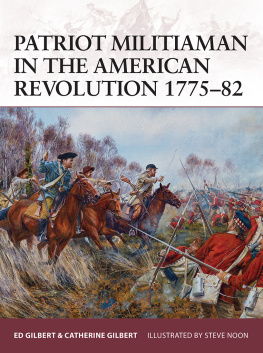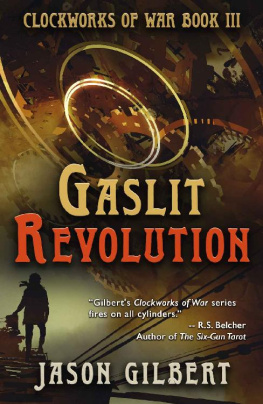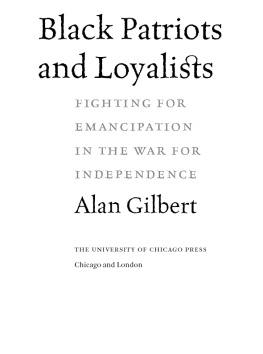John Gilbert McCurdy - Quarters: The Accommodation of the British Army and the Coming of the American Revolution
Here you can read online John Gilbert McCurdy - Quarters: The Accommodation of the British Army and the Coming of the American Revolution full text of the book (entire story) in english for free. Download pdf and epub, get meaning, cover and reviews about this ebook. genre: History. Description of the work, (preface) as well as reviews are available. Best literature library LitArk.com created for fans of good reading and offers a wide selection of genres:
Romance novel
Science fiction
Adventure
Detective
Science
History
Home and family
Prose
Art
Politics
Computer
Non-fiction
Religion
Business
Children
Humor
Choose a favorite category and find really read worthwhile books. Enjoy immersion in the world of imagination, feel the emotions of the characters or learn something new for yourself, make an fascinating discovery.
- Book:Quarters: The Accommodation of the British Army and the Coming of the American Revolution
- Author:
- Genre:
- Rating:4 / 5
- Favourites:Add to favourites
- Your mark:
- 80
- 1
- 2
- 3
- 4
- 5
Quarters: The Accommodation of the British Army and the Coming of the American Revolution: summary, description and annotation
We offer to read an annotation, description, summary or preface (depends on what the author of the book "Quarters: The Accommodation of the British Army and the Coming of the American Revolution" wrote himself). If you haven't found the necessary information about the book — write in the comments, we will try to find it.
John Gilbert McCurdy: author's other books
Who wrote Quarters: The Accommodation of the British Army and the Coming of the American Revolution? Find out the surname, the name of the author of the book and a list of all author's works by series.
Quarters: The Accommodation of the British Army and the Coming of the American Revolution — read online for free the complete book (whole text) full work
Below is the text of the book, divided by pages. System saving the place of the last page read, allows you to conveniently read the book "Quarters: The Accommodation of the British Army and the Coming of the American Revolution" online for free, without having to search again every time where you left off. Put a bookmark, and you can go to the page where you finished reading at any time.
Font size:
Interval:
Bookmark:
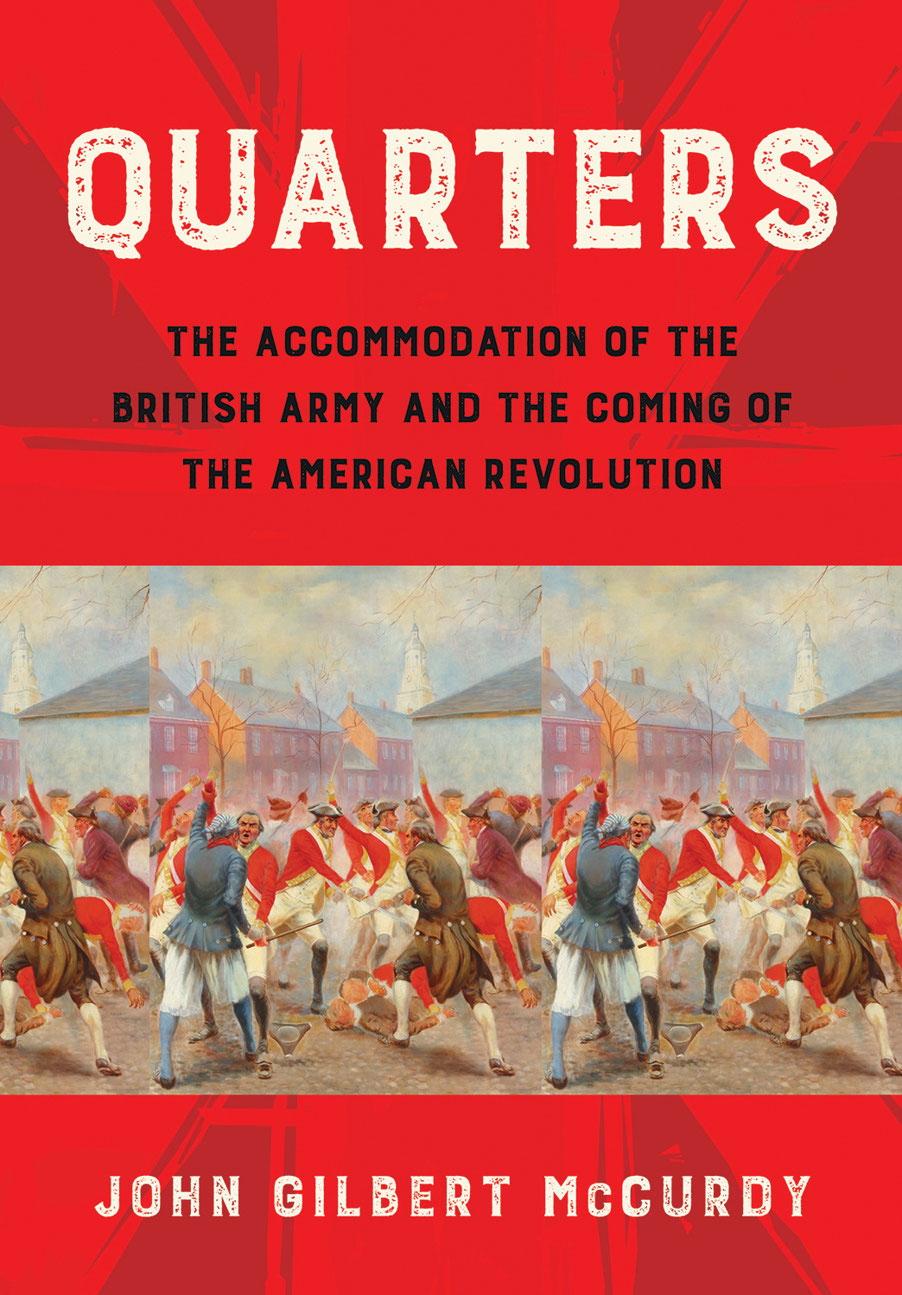
JOHN GILBERT McCURDY
CORNELL UNIVERSITY PRESS
Ithaca and London
CONTENTS
PREFACE AND ACKNOWLEDGMENTS
If you ever find yourself in Ypsilanti, Michigan, get a bite to eat at Sidetrack.
During a meal at Sidetrack in 2012, I noticed, across the street in front of a long-abandoned building, a new historical marker, for The Barracks. As the marker explains, the building once housed Civil War recruits. Yet I was less intrigued by Company H, First Michigan Infantry, than I was by the name. The Barracks seemed incongruous in a modern American community, especially across the street from Sidetrack and a mile from my university. I thought of barracks as segregated from civilian life and ensconced in military bases like Fort Leavenworth. A barracks in Ypsilanti? The only thing more preposterous would be soldiers marching in the city.
Quarters is my attempt to explain why The Barracks is so unusual. Having grown up near an active US Army base, I always have been aware of how the military both penetrates and evades civilian life. Placing that question in a historical context, I have concluded that the civilian-martial relationship is ultimately spatial and that our perceptions of it emerge from the eighteenth century, particularly the twenty years preceding the American Revolution. From 1755 to 1775, professional soldiers were a common sight in many American cities, yet after the war, troops disappeared along with the military infrastructure. Although they resurfaced at moments of mobilization, like the Civil War, they have never been the permanent fixtures they once were.
Quarters fulfills my long-standing desire to write a book about the American Revolution. Digging in such well-worked fields is a daunting prospect, and when I started this project, I had no idea what insights I could add. I often tell my students who cant find a research topic to go sit in an archives and read until they find something interesting. In January 2011, I took my own advice and went to the William L. Clements Library. After several false starts, I settled on quartering because no one had ever written a book about the Quartering Act and because of the exquisite details in the Thomas Gage Papers. As with any good research project, Quarters has opened a number of new intellectual avenues for me, including the study of place, as well as Atlantic and military history. Eight years later, I am even more convinced of the consequence of the Revolution to present-day US culture.
There are many people and institutions to thank for this book.
More than anything, this book is the product of two universities: Eastern Michigan University and the University of Michigan. Since 2005, EMU has been my academic home, and I have delighted in working with excellent students and colleagues. EMU provided me with a sabbatical and a faculty research fellowship, as well as several travel grants to visit archives and conferences. It also provided a Provosts Research Support Award to defray the costs of publishing this book. I am grateful to the advice and insights of my colleagues, including George Cassar, Kathleen Chamberlain, James Egge, Jesse Kauffman, John Knight, Richard Nation, Mary-Elizabeth Murphy, Steven Ramold, Tomoyuki Sasaki, and Philip Schmitz. Julia Nims, Alexis Braun Marks, and other members of EMUs Bruce T. Halle Library provided books and articles, and tracked down interlibrary loans.
This book also could not have been written without the resources of the University of MichiganAnn Arbor. The William L. Clements Library has amazing collections and a world-class staff, including Brian Leigh Dunnigan, Clayton Lewis, and Cheney Schopieray. The U of M also provided me with an Eisenberg Institute Residency Research Grant, which introduced me to the scholarship of place and put me into conversation with exceptional scholars, including Howard Brick, Gregory Dowd, June Howard, Susan Juster, John Shy, Scott Spector, Alexandra Stern, and Hitomi Tonomura. I am also grateful for Michigans Hatcher Graduate Library.
I was humbled to receive the support of institutions outside of Michigan. I am appreciative of a Massachusetts Society of the Cincinnati award from the Massachusetts Historical Society and a Library Resident Research Fellowship from the American Philosophical Society. I had the good fortune to present parts of my research to the Omohundro Institute of Early American History and Culture, the Society of Early Americanists, the Organization of American Historians, the Massachusetts Historical Society, and the Colonial Society of Massachusetts. In addition to the above-named institutions, I spent many blissful hours researching at the Henry Huntington Library, the New Jersey State Archives, the New-York Historical Society, the New York Public Library, the South Carolina Department of Archives and History, the South Carolina Historical Society, and the UK National Archives at Kew.
I thank the Albany Institute of History and Art, the Burton Collection at the Detroit Public Library, the Library Company of Philadelphia, the Library of Congress, the Massachusetts Historical Society, and the William L. Clements Library for permission to reprint images in this book. Material from chapters 2 and 5 previously appeared in my article, From Fort George to the Fields: The Public Space and Military Geography of Revolutionary New York City, Journal of Urban History 44, no. 4: 62542, reprinted by permission of SAGE Publications.
At Cornell University Press, I worked with an excellent staff of editors including Susan Specter, Glenn Novak, and Carmen Gonzalez. Michael McGandy deserves special credit for shepherding this book to completion. I thank the readers for their insightful comments on my manuscript and advocacy for its publication.
Daniel Polley was instrumental in helping with my translations from the French. I thank Stephanie Sambrook for her excellent maps and Daniel Bowlin for his research assistance.
During my time working on this book, I met many wonderful scholars who challenged my thinking and made this book stronger. They include Laura Ferguson, Eliga Gould, Derek Gregory, Robert Gross, Eric Hinderaker, Woody Holton, Matthew Klingle, Hyun Wu Lee, Tracy Neumann, Daniel Richter, Alan Taylor, Kacy Tillman, Tim Williams, Kariann Yokota, Serena Zabin, and Rosemarie Zagarri. Even better are those early American historians who are also dear friends. I am blessed to share laughs and learning with George Boudreau, David Hancock, and Ann Little.
Many friends, congregants, and neighbors have provided a support network, including Shane Dillon, David and Sally Epskamp, Damian Evilsizor, Dario Gaggio, Collin Ganio and Suzanne Davis, Dawn DeZan, Suzanne Fliege, Charles and Diane Jacobs, Anne Kirk, Gary Kotraba, Beverly McCurdy, Marcia McCrary, Angelo Pitillo, Daniel Polley, Helmut Puff, Doug Ross and Larry Barker, Sinderella, JoAnn Kennedy Slater, Liz Taylor, and Brenda Wilson. Im saddened that two of the people who read Citizen Bachelors did not live to see Quarters: Gilbert McCurdy and Michael Drake.
Last but never least is Anthony Mora. On July 28, 2011, I met Anthony on break from the Clements, and he has been there ever since. I could not have done any of this without him, so I dedicate this book him.
A NOTE ON QUOTATIONS, TERMINOLOGY, AND MONEY
I have modernized the quotations to contemporary American English. For example, I removed capital letters from the middle of sentences, translated ampersands, updated and Americanized the spelling, and added punctuation where it did not alter the original meaning. I also have translated sources from the French into English. I am conscious that such changes can compromise meaning, but inconsistency in the original documents and their transcriptions renders precision elusive.
Next pageFont size:
Interval:
Bookmark:
Similar books «Quarters: The Accommodation of the British Army and the Coming of the American Revolution»
Look at similar books to Quarters: The Accommodation of the British Army and the Coming of the American Revolution. We have selected literature similar in name and meaning in the hope of providing readers with more options to find new, interesting, not yet read works.
Discussion, reviews of the book Quarters: The Accommodation of the British Army and the Coming of the American Revolution and just readers' own opinions. Leave your comments, write what you think about the work, its meaning or the main characters. Specify what exactly you liked and what you didn't like, and why you think so.

